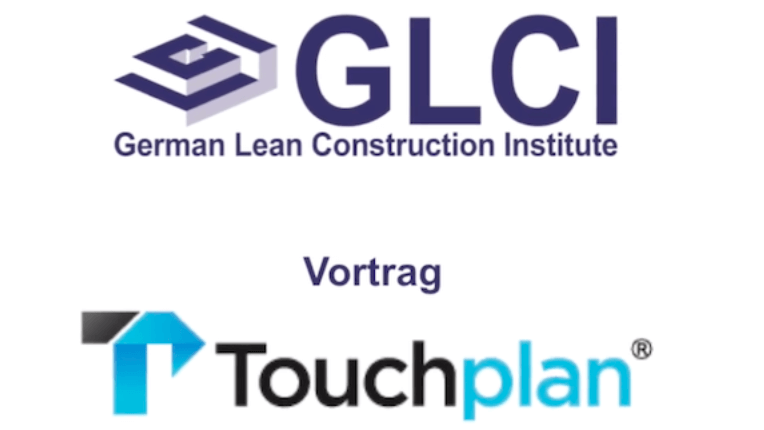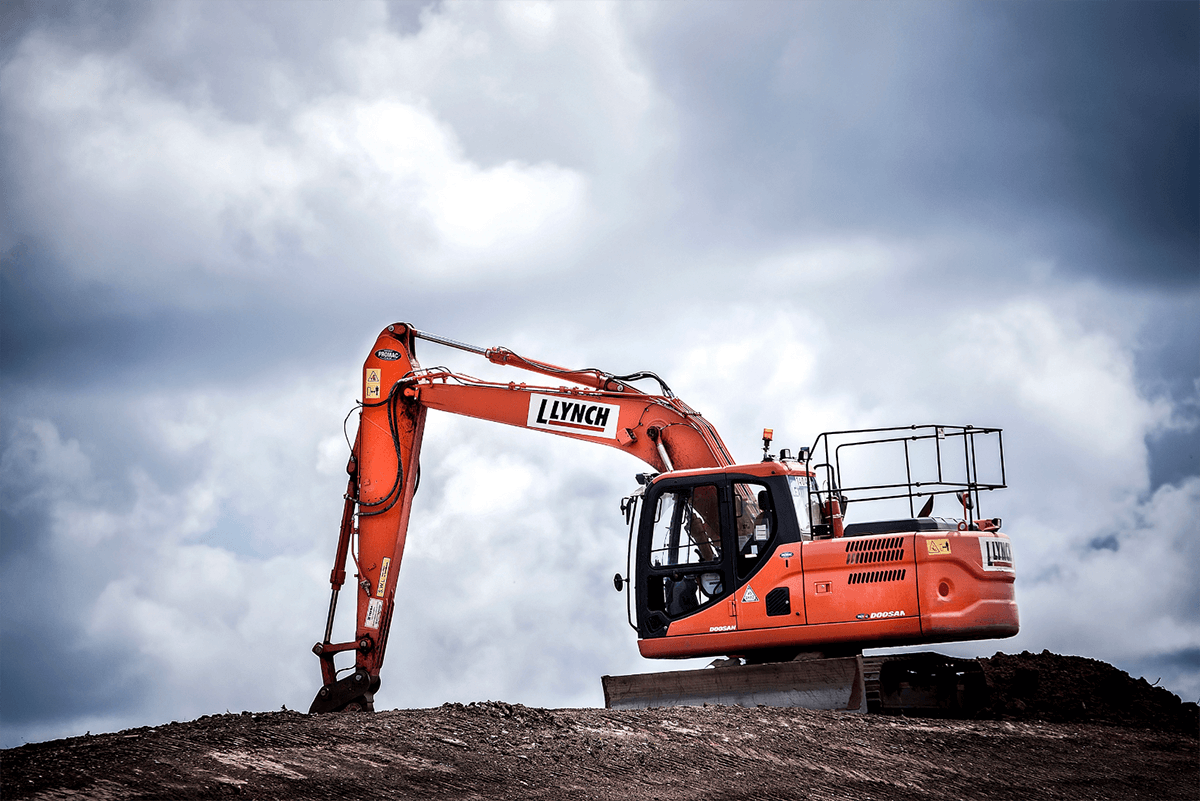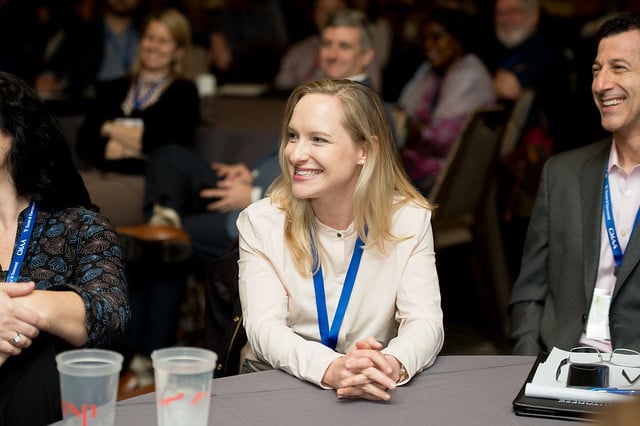Many business leaders in construction worry about winning jobs, but sometimes a lost bid is a bullet dodged. How do you know which projects will generate profits and which ones are better avoided? According to Hal Macomber, Executive Vice President at Touchplan and expert Lean consultant, asking a few simple questions before taking on a project can make a big difference on your balance sheet. The key is to take a project’s profit rate into account, in addition to its duration and size. Read on for seven tips for more profitable projects.
Profit at the Project Level
The first step is to identify the rate at which a project will make money (also called the profit velocity). Macomber illustrates the concept with an example scenario. “If you have a ten-month project that is going to make $200,000, your profit velocity per month is $20,000. And if you’re looking at two projects you might realize that you only have the staff to do one of them. One of them is a $200,000 job and the other is a $250,000 job. You might immediately think that you should take the $250,000 job. But wait a minute. What’s the profit velocity?
The first project is ten months, so that profit velocity is $20,000/month. The second project is twenty months, so that profit velocity is $12,500/month. In this case, it’s actually a worse deal to take the job with the higher profit.”
In addition to profit velocity, there is another key factor to consider: the resources required to deliver a project. Larger and more complex projects will require more senior staff, whereas junior staff can gain experience on smaller, more straightforward projects. While the smaller project may have a lower total profit, it might end up costing the company less to execute, depending on the resources available.
Keep Projects Short
Profit margins in the construction industry are slim. When a single percentage point makes a significant difference, it’s important to consider the hidden factors that affect project profitability. In order to increase profitability, your top priority should be to shorten the project’s duration.
As Macomber explains, “Let’s say you have a ten-month project where you’re going to make $200,000. So it has a profit velocity of $20,000/month. It turns out that profits are often roughly the same as general conditions. If you’re making $20,000/month in profit, you’re probably also paying $20,000/month keeping the jobsite operating. And if you need more than minimal staff, your general conditions will be twice what you’re making in profit.
Let’s say you take a project that has $20,000/month profit velocity, and has $40,000/month in general conditions. If you turn that ten-month project into an eight-and-a-half-month project by increasing efficiency, you’re going to reduce it by six weeks. Now you’re going to make $200,000 in eight-and-a-half months. But you’re going to add an additional $60,000 savings from general conditions because you’re not spending it. The project is shorter, so you’re not going to spend that money. And if it’s a fixed price contract, now your profit goes from $200,000 in ten months to $260,000 in eight-and-a-half months. Doing the math, $260,000 divided by eight and a half is around $30,500. So your profit velocity is going to increase by over fifty percent, even though you’ve only cut the project duration by fifteen percent.”
Tips for Success
These are simple calculations, but to get their full impact it’s important to keep the following seven tips in mind as you evaluate which projects to bid on.
-
Standardize processes.
In order to increase efficiency across projects and your business as a whole, it’s important to be strategically aligned on the process and the goal. For example, being more intentional about your off-site construction strategy rather than leaving it up to individual trades will maximize its impact.
-
Align early.
Getting everyone involved in a project together as early as possible is also key. Whether or not you’re using project delivery methods like design-build or integrated project delivery, the sooner you get all stakeholders aligned, the faster you can identify and resolve any conflicts or confusion.
-
Use technology.
The more data you have available, from both previous projects and your current ones, the better informed your decisions will be. Using software and other construction tech like sensors and site capture tools will give you vast amounts of otherwise untapped information. Leveraging that data to better gauge project schedules, productivity rates, material quantities, staffing and more will further eliminate wasted time and money.
-
Benchmark progress.
As you implement these changes, keep track of how you’re improving. You won’t know what’s working and to what extent unless you’re consistently tracking progress. Once you’ve identified your most effective improvements, you can zero in on those changes and expand on them.
-
Avoid backsliding.
Many companies go through this process, make improvements on one or two projects, and then go right back to their old ways. Whether it’s resistance to change, a sense of improvement being optional, complacency or self-sabotage, this is something you want to avoid at all costs. Keep backsliding at bay by consistently setting more ambitious targets to challenge your team and keep them engaged with the company’s goals. Competition—even just internally—is a powerful motivator.
Keeping these considerations in mind will help you know which jobs to go after, and which are best avoided. By consistently challenging your teams to set and hit new goals, you’ll increase productivity and heighten engagement.
Want more tips like this? Register for our upcoming event, Touchplan Live.
This article originally appeared in Construction Dive.
Image credit: Ricardo Gomez Angel













